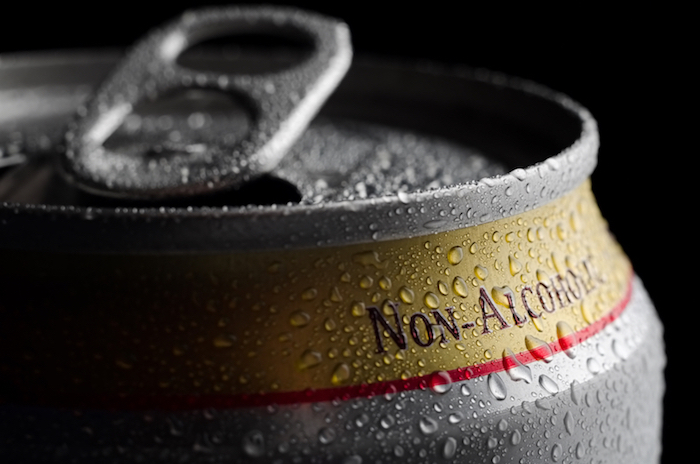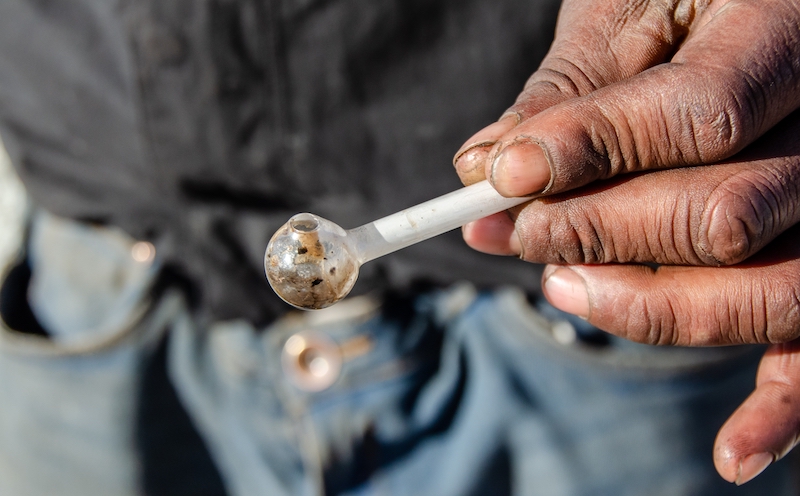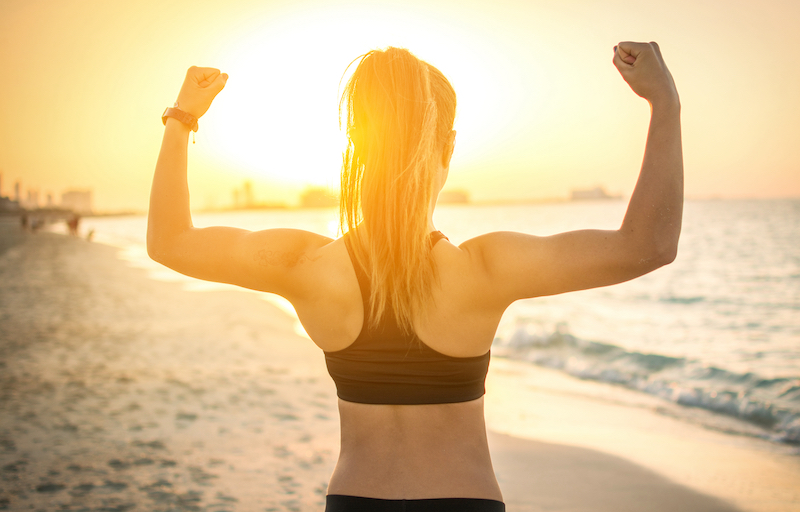It’s a hotly debated question in the recovery community, one that has different answers for different people
By Mark Mravic
“Non-alcoholic beer is for non-alcoholics.”—JamesRawles, Reddit
“Been sober and in AA over 6 years. Drink it every day.”—John464646, Reddit
“I do not fool around with so-called non-alcoholic drinks like Near Beer, because I do not want to be Near Sober.”—Patsy, e-aa message boards
“I’m drinking one right now watching some football. I feel like it helps me be a part of the group without worrying about getting drunk. … I also told my sponsor so I don’t feel like I’m hiding it or isolating.”— cycling_to_mars, Reddit
“To me, the taste is so strongly associated with the physical and mental changes alcohol brings, that it was almost … traumatic drinking it, without the buzz.”—charisma2006, Reddit
“You have to think it over and set your own rules.”—atoasis, Reddit
* * *
Spend some time looking into the question of whether non-alcoholic (NA) beer is appropriate for people in recovery from alcohol misuse, and you quickly encounter two diametrically opposed sets of views.
In one camp, any flirtation with non-alcoholic beer is seen as tantamount to a relapse, a sign that a person is not yet serious about recovery. The mere thought of consuming a beverage intended to mimic the experience of drinking a beer—even just a portion of that experience—is anathema to the recovery process.
In the other camp are those who see non-alcoholic beer and other such beverages as a way to return to some semblance of normalcy—to reengage in social situations, enjoy the flavor of a favorite drink with a meal or in a special setting, or just unwind.
For some, if they’re having one of these [NA beers] in a family gathering that might already be triggering, that can be difficult. For others, bringing a non-alcoholic beverage to an event that they know is going to have alcohol can be really protective. So it’s very individualized at that point.”
—Hosia Keene, Hazelden Betty Ford Foundation
So which is it? Are non-alcoholic beers appropriate for folks in recovery, or must they be avoided at all costs? Is there some way to reconcile the opposing camps?
What is Non-alcoholic Beer?
The question is becoming more urgent with the surge in popularity of non-alcoholic beers. Thanks to recent social trends—more and more consumers seeking health and wellness; movements such as Sober October and Dry January; the growth of the designated driver concept; a general decline in drinking among younger Americans—the market for non-alcoholic beverages is booming. In the U.S., NA beer sales increased more than 37% in 2020, and craft NA beer was up by 278%. Connecticut-based Athletic Brewing, founded in 2018, has experienced 500% growth in each of the last two years and now claims 50% of the craft NA market. The company recently launched a 150,000-barrel facility in San Diego and closed on $50 million in new funding. For its part, brewing giant InBev Anheuser-Busch has set a goal of making 20% of its global volume no- or low-alcohol by 2025.
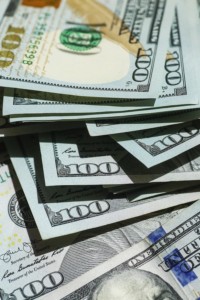
As non-alcoholic beers become a bigger part of the food and drink landscape, it’s important to note there are two types—and the difference can be significant for people in recovery. In the U.S. the legal standard to call a beverage “non-alcoholic” is an alcohol content below 0.5% ABV. And in fact, beers in this category still have some alcohol. That’s because they’re made using traditional brewing processes, including fermentation—using yeast to convert sugars into alcohol—then have the alcohol extracted through any of a variety of chemical and industrial procedures. This still leave trace amounts in the final product.
Then there is true, 100% alcohol-free beer, often called 0.0. The brewing process for these beers doesn’t involve fermentation, and hence no alcohol is introduced along the way. Major producers such as Anheuser-Busch (Budweiser Zero) and Heineken (0.0) have released versions of alcohol-free beer, as have craft outlets such as Minnesota’s Hairless Dog. Further along the scale are sparkling hop waters such as Lagunitas’s Hoppy Refresher that skirt the line between beer and seltzer and are zero-calorie in addition to zero-alcohol.
The Risks of Non-alcoholic Beer
Because the alcohol content in NA beer is so low—about 1/10th the strength of a regular beer—it’s essentially impossible to become intoxicated by drinking it. (Competitive eater Tim Janus attempted to get drunk on NA beer by consuming 30 O’Doul’s in an hour. He made it to 28, registered a .02% blood alcohol content, “the lowest level of intoxication with some measurable impact on the brain and body,” and then threw up. Experiment over.) The body simply processes the alcohol almost as quickly as you can drink it, and your body can’t tolerate the amount of liquid you’d need to consume to start to feel the effects.
But getting drunk on non-alcoholic beer isn’t the risk for people in recovery. For some, the danger can lie in the mere idea of consuming alcohol, in any amount. A person in recovery who unwittingly drinks a non-alcoholic beer that contains trace amounts can have a “really tumultuous experience of having a lapse that was unintentional,” says Hosia Keene, M.A., LMHC, an integrated provider at the Hazelden Betty Ford Foundation treatment center in Bellevue, Wash. Though such a lapse doesn’t involve intoxication, the danger is no less real. “It’s more the idea that I brought any alcohol into my body that has been disturbing for some of my patients,” Keene says.
And even though the initial response may be psychological, the triggering effects of NA beer can be substantial. “Our nervous system is so tied to our emotional responses that even if it is a purely psychological trigger, that’s going to set off a whole host of physiological responses,” Keene says. “If all of a sudden I’m thinking of really bad memories, my body’s going to react. I might tense up, I might feel nauseous, I might get dizzy or have to sit down. It can be really hard to know which trigger is getting me started.”
The flip side of those potential harsh reactions is “euphoric recall”—the tendency to remember things in a positive light and block out negative aspects of an experience. With addiction, that can be risky, as it clouds judgment and can lead to poor decisions, including relapse.
Where Are You in Your Recovery?
But not all recoveries are alike, and so there’s no hard-and-fast rule governing NA beer. “Within the recovery community, there really isn’t a consensus,” Keene says. “Typically, it’s wise to advise people in recovery to err on the side of safety, so we would suggest they don’t jump into drinking non-alcoholic beer the day they stop drinking alcoholic beer.”
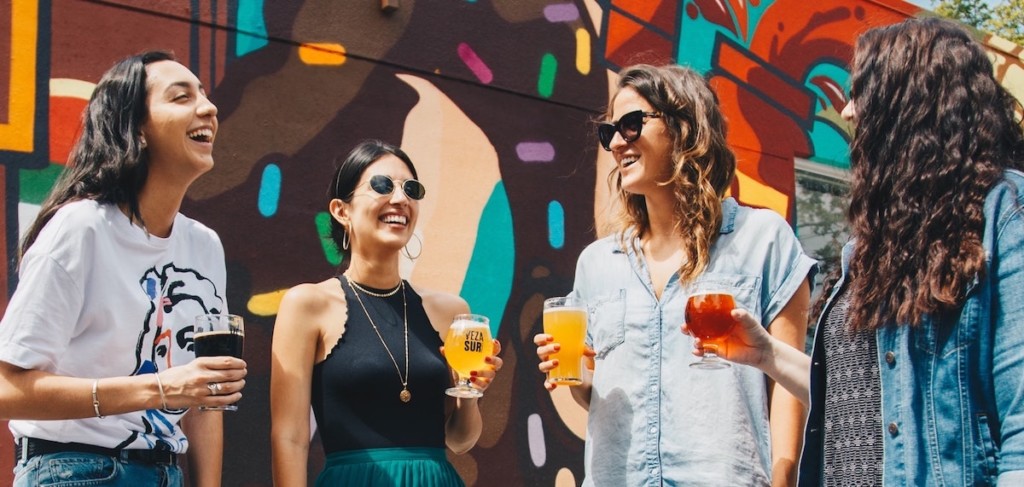
As for folks who are further along in their recovery, the decision can be more individualized. If you’re going to try a non-alcoholic beer, Keene recommends one that really is 0.0%, to avoid the stress and worry over having consumed something that does contain alcohol. Much of the rest depends on a person’s ability to recognize and deal with triggers. That comes with treatment and time.
“For some, if they’re having one of these [NA beers] in a family gathering that might already be triggering, that can be difficult,” Keene says. “For others, bringing a non-alcoholic beverage to an event that they know is going to have alcohol can be really protective. So it’s very individualized at that point.
“Really, anything can be a trigger if a person associates it with past drinking—the smell, the taste, the location, who’s there, the occasion or social setting. We know we can’t avoid it all. So what we try to do is help to understand and then anticipate which ones are going to be problematic, so that they have the skills and strategies to move through and around those things safely.
“And then as people get more comfortable in their recovery and have been sober for longer periods of time, it does become more common to be able to be in those situations and not experience triggers. So someone who’s fresh in recovery may not be able to have that protective factor with non-alcoholic beer, whereas someone who has been in recovery for 20 years might say, ‘Yeah, it’s fine.’”
That notion is echoed by some in long-term recovery. “For myself I think non-alcoholic beer is a blessing,” writes Kelly Fitzgerald Junco, who blogs as The Sober Señorita. “I can indulge when I am at a social gathering, out to dinner, or after work on a long day. It helps me feel not left out, it gives me the momentary feeling that I am not different, and, yes, it acts maybe as an alcoholic drink would for normal people—it takes the edge off.”
Sober blogger Katie MacBride expresses that same feeling of reconnection upon having discovered zero-alcohol beer. “As someone who was so severely addicted to alcohol that some mornings I drank cough syrup or mouthwash just to get my hands to stop shaking, I don’t mess around with even small amounts of alcohol,” she writes on Healthline. But with the emergence of true 0.0% beer, she found herself able to engage: “As much I know we live in a society obsessed with alcohol, and there’s nothing wrong with not drinking, it kinda sucks to feel like the odd person out, holding your glass of tap water in a group of drinkers. I know I need to be sober, and I’m proud of my sobriety. But no one likes feeling like the odd one out in a group. Plus, when tap water and Diet Coke are the only nonalcoholic beverages at an event (which, trust me, is very often the case), it’s just nice to have one more option.”
All Experiences Are Individual
Check the FAQs on the websites of brewers making non-alcoholic beer, and you’ll find info about the health benefits of their products (most are lower in calories and carbs than regular beer), whether they’re appropriate during pregnancy or while breastfeeding (best to avoid), if it’s okay to drive after consuming them (yes, it’s said), and a host of other topics. But guidance for folks in recovery is all but non-existent. That likely reflects the sensitivity of the issue for brewers, and the polarizing nature of the topic within recovery circles. There’s no consensus—which is probably to be expected.
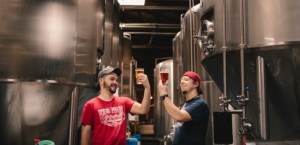
“In general, we’re going to recommend not to try this while somebody is in one of our services,” Keene says. “Usually they’re going to be pretty early in recovery—first couple weeks, first couple months. But if somebody says, ‘Nope, this is what I’m going to do,’ we’re going to work with them to make sure they can do it safely. And encourage them to talk about this in group and get feedback and really make sure this is what you want to do. Definitely having that backup plan and the support around it while meeting the client where they’re at and what they’re looking for is an important part.
“When we’re thinking about the recovery community we’re talking about over 20 million Americans. They’re not going to have a general consensus. But overall, I would much rather have a trend to normalize non-alcoholic beverages in our typical social settings. I think that’s where part of that polarization comes from. The more we can do to reduce stigma, to reduce that separation from others, the better.”
Top photo: Shutterstock; second photo from top: Georgia Trovato; bottom two photos: Elevate


